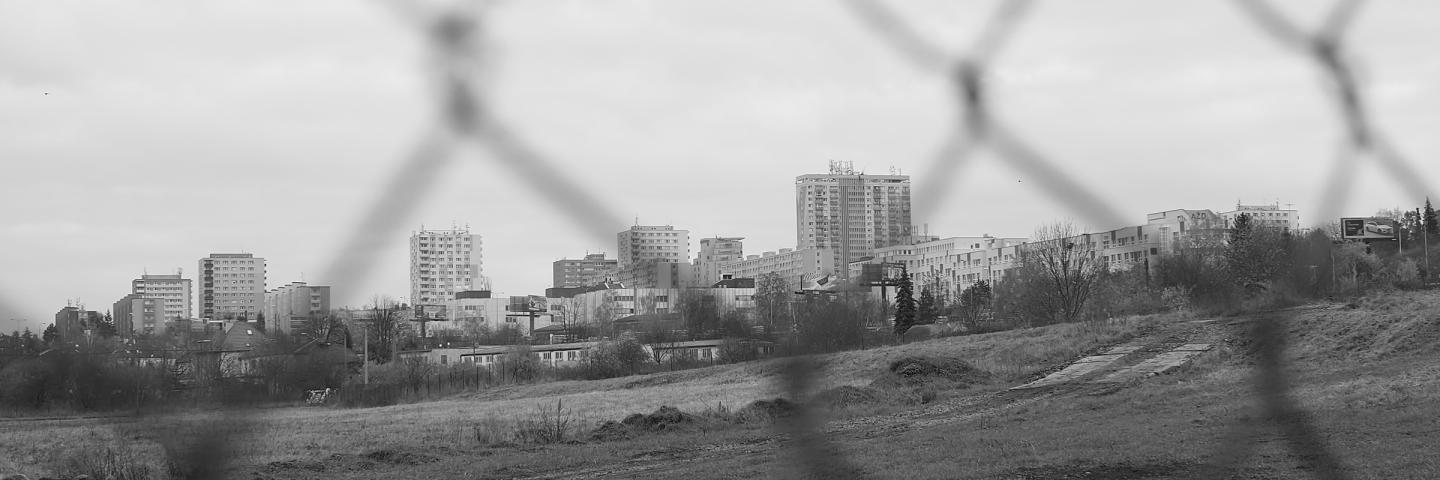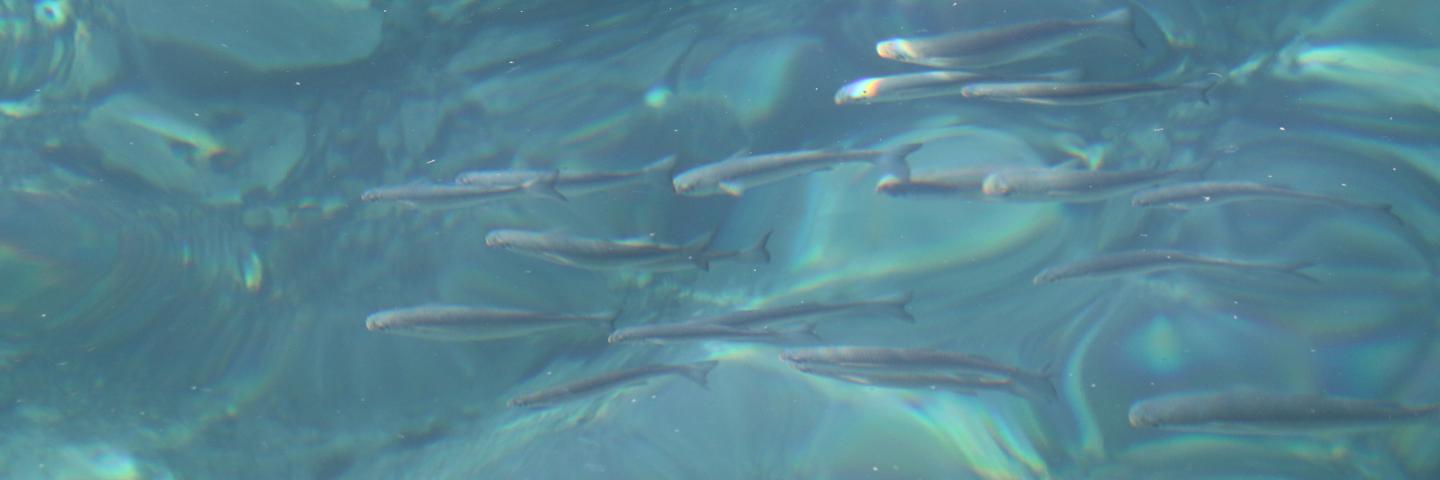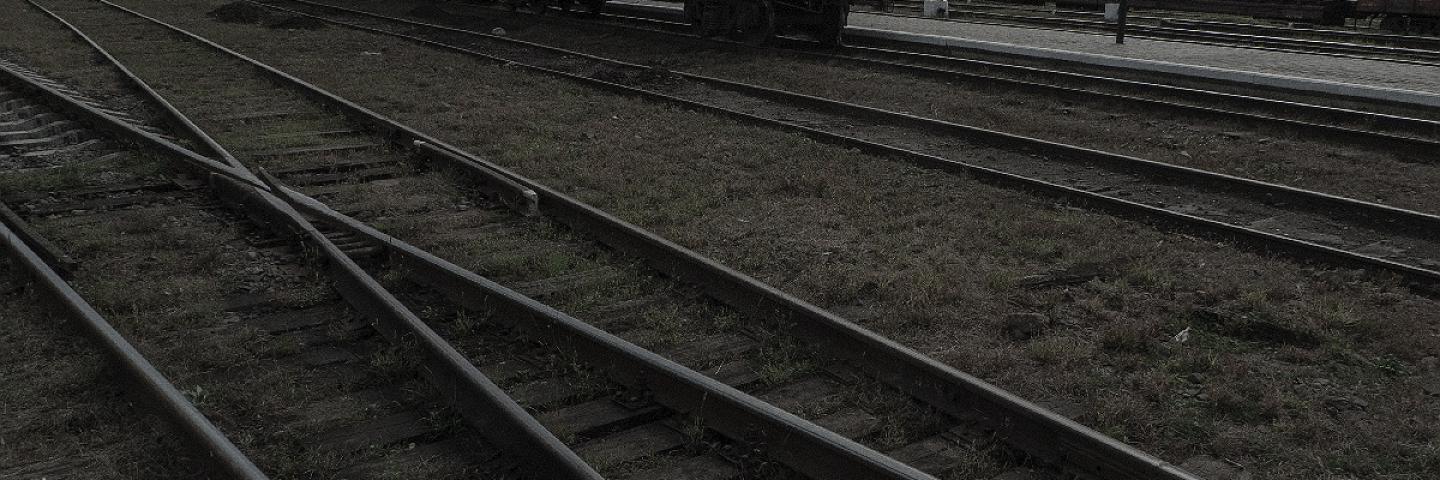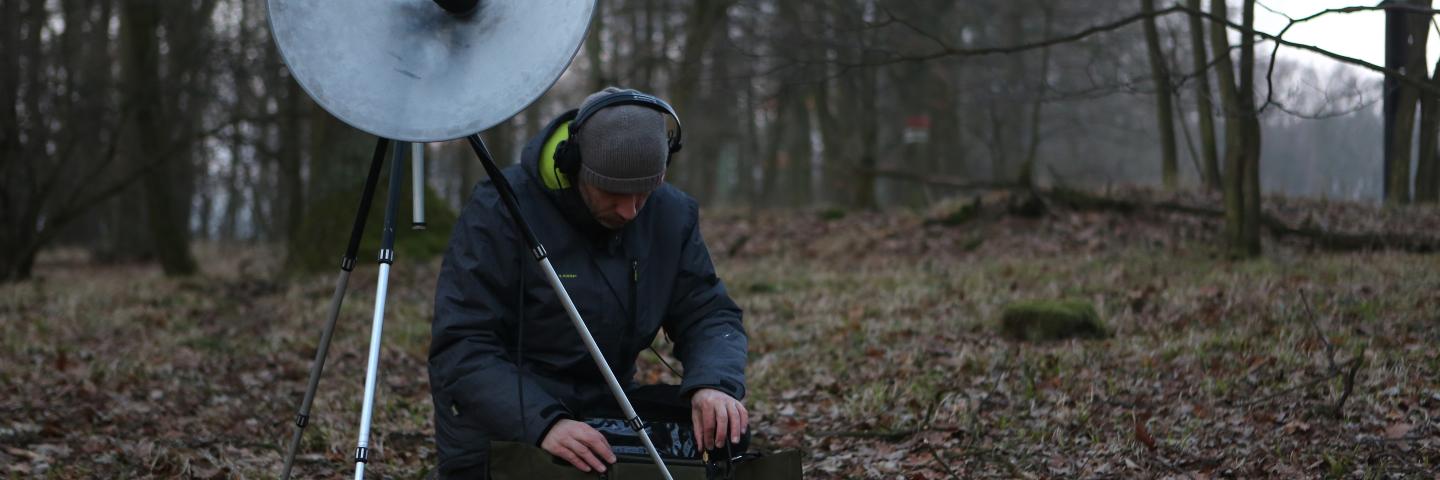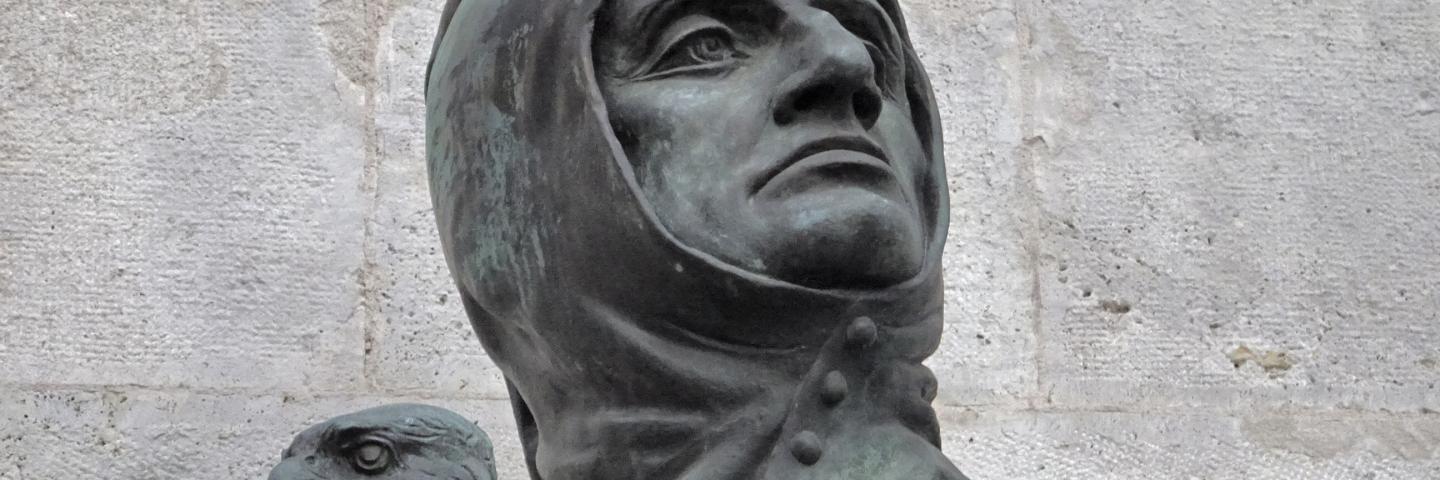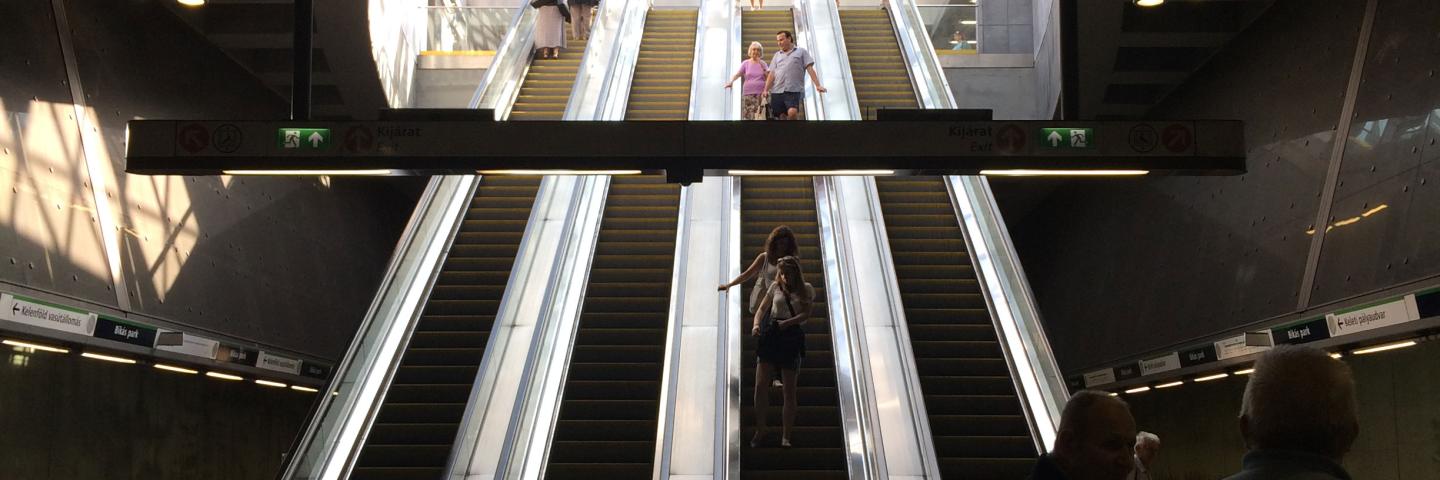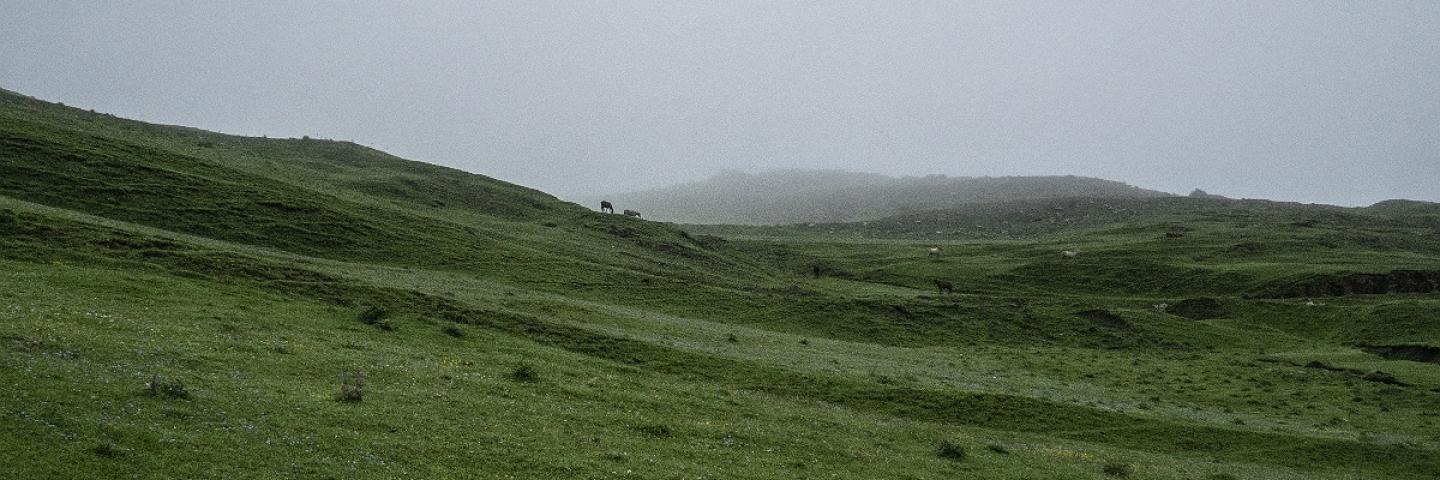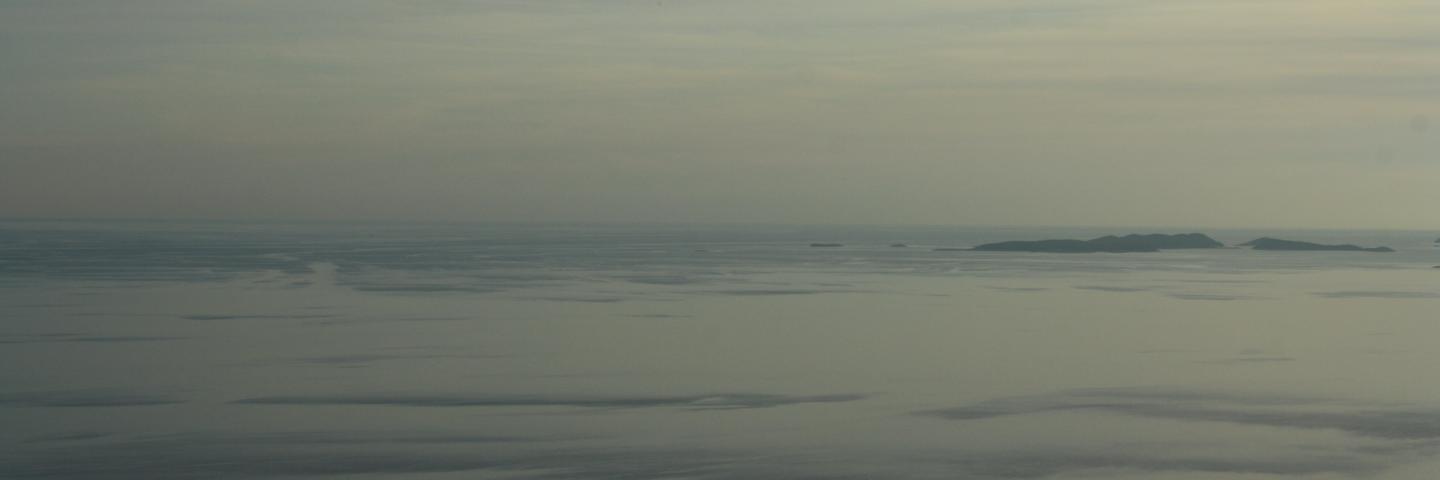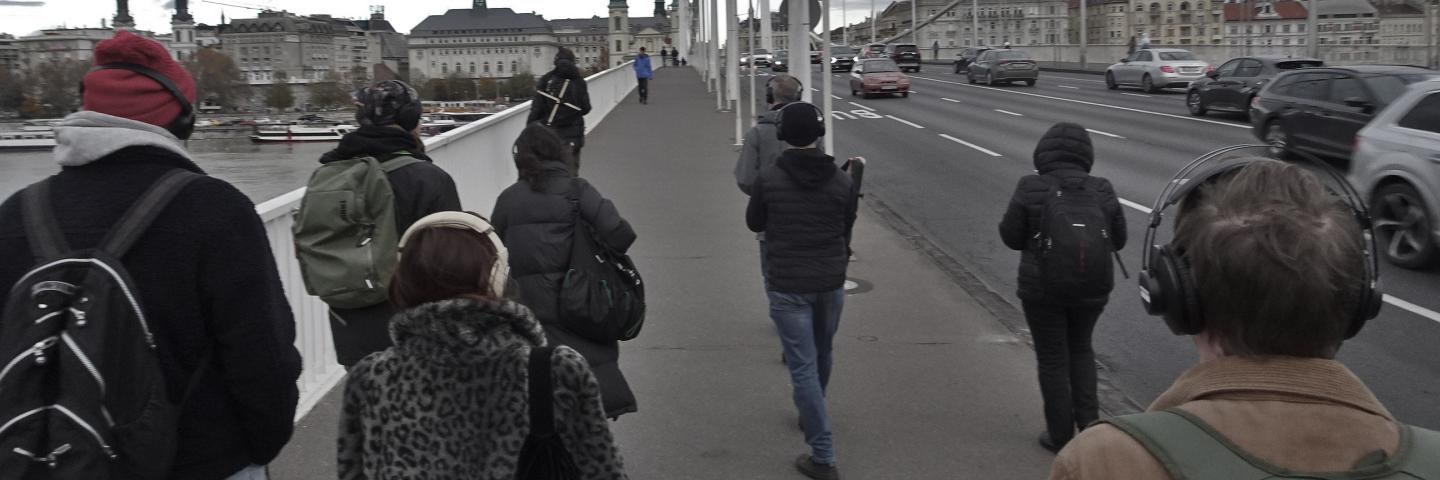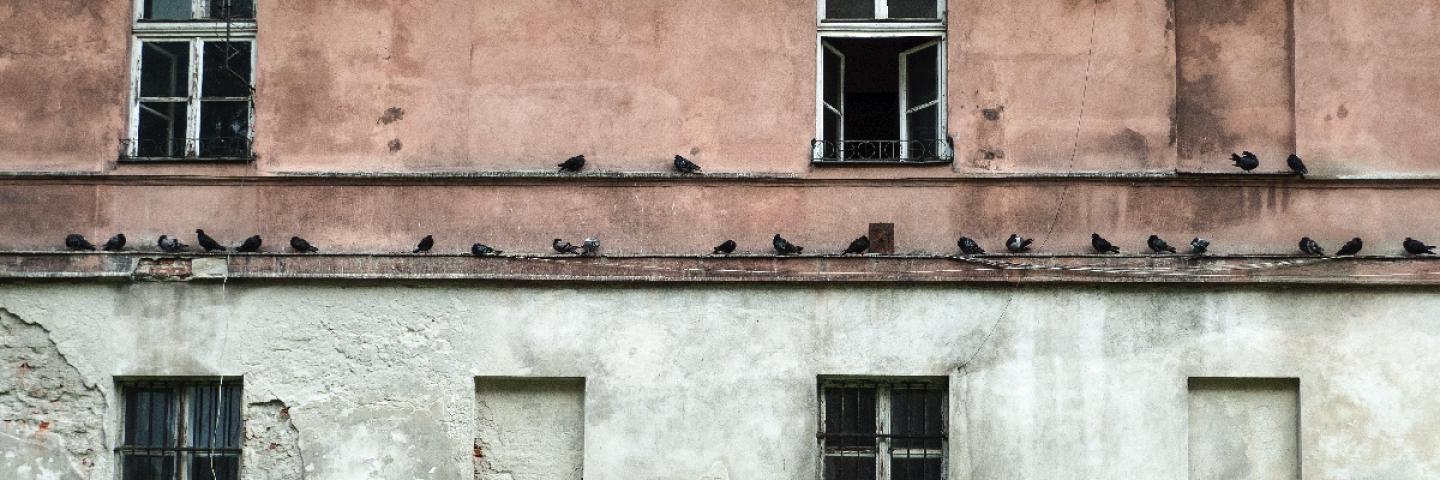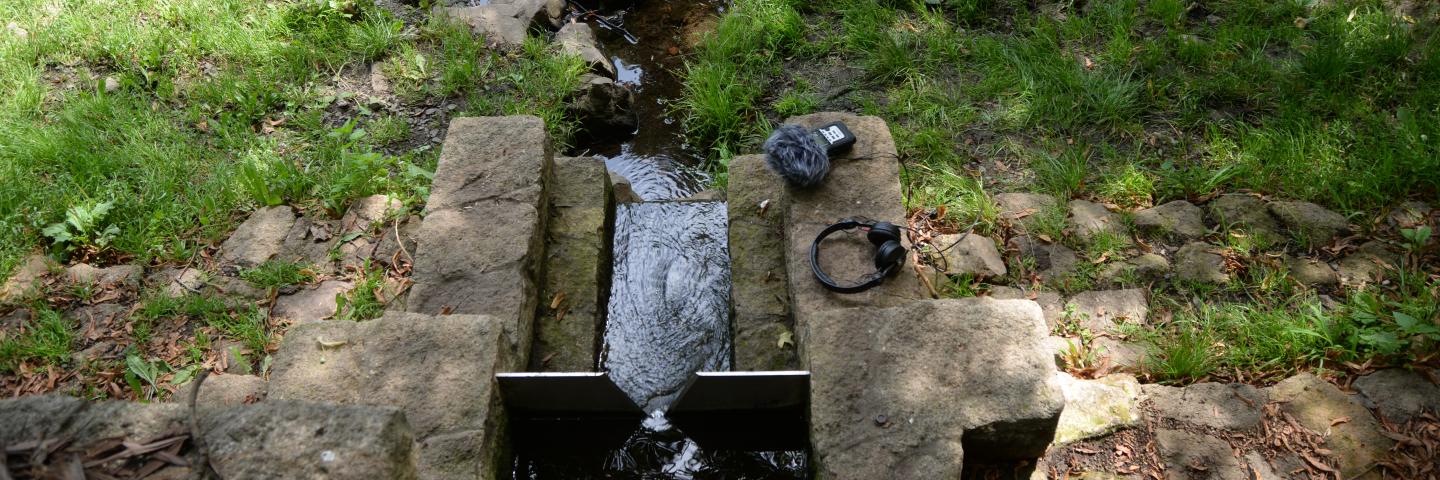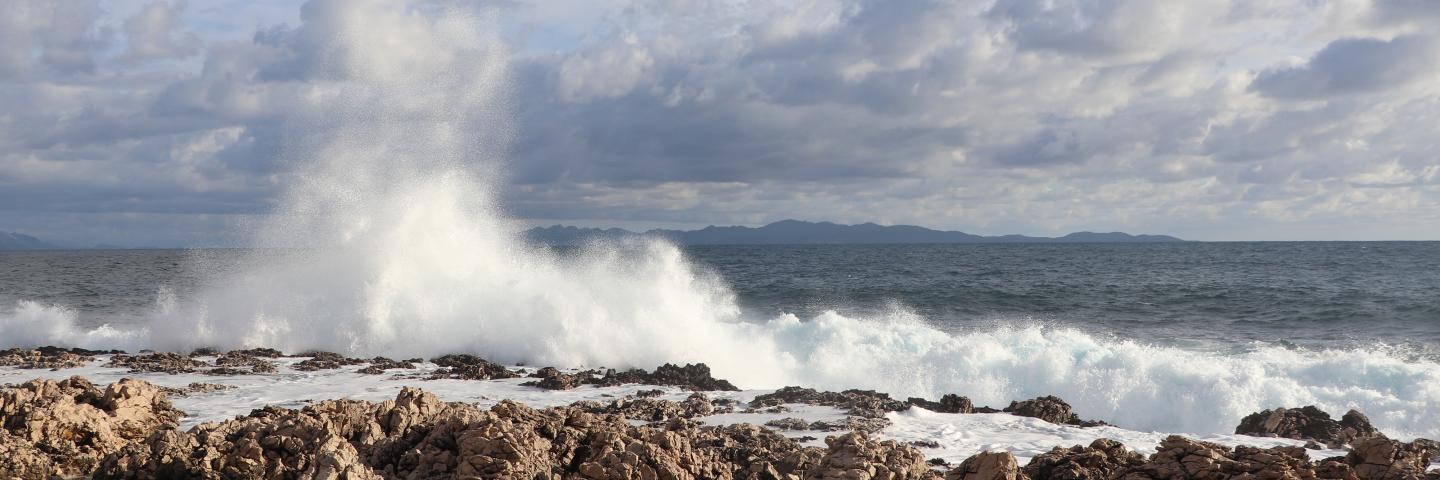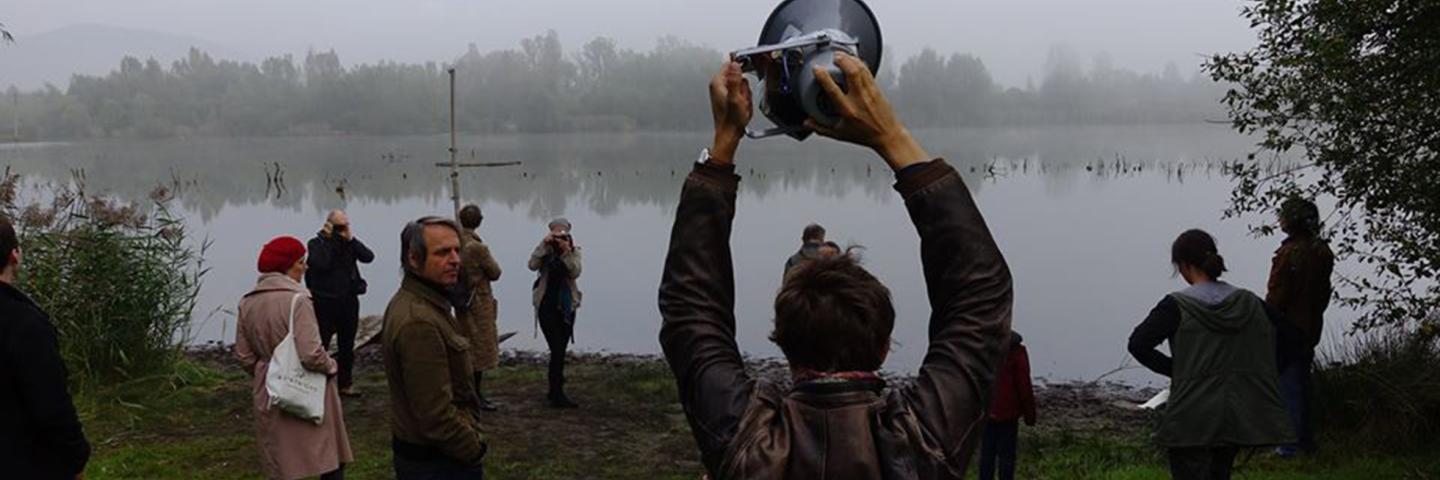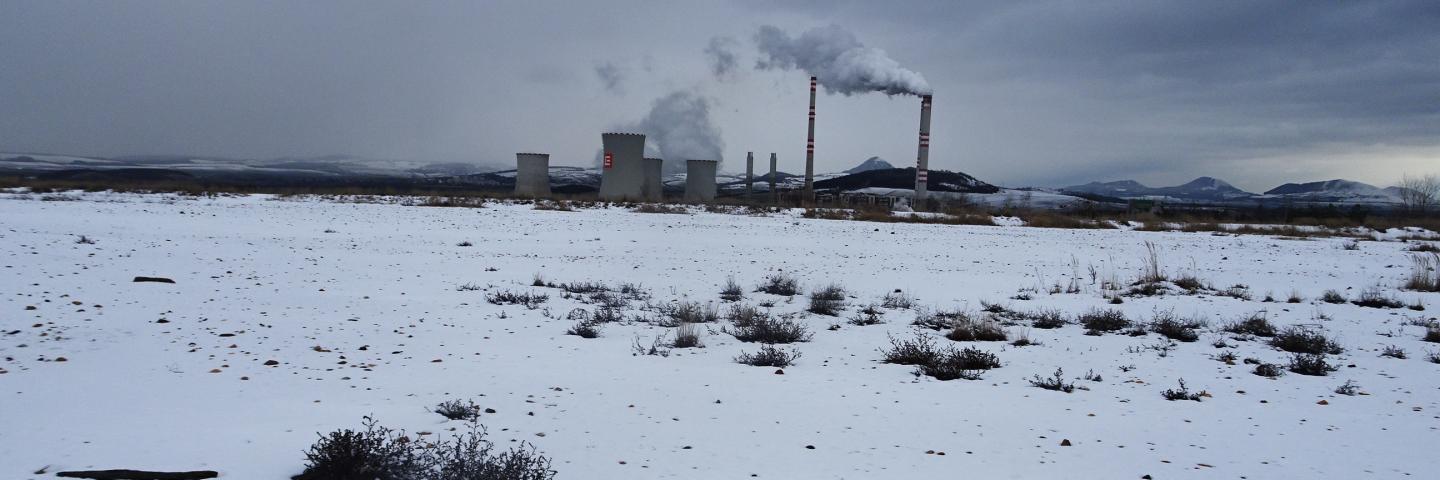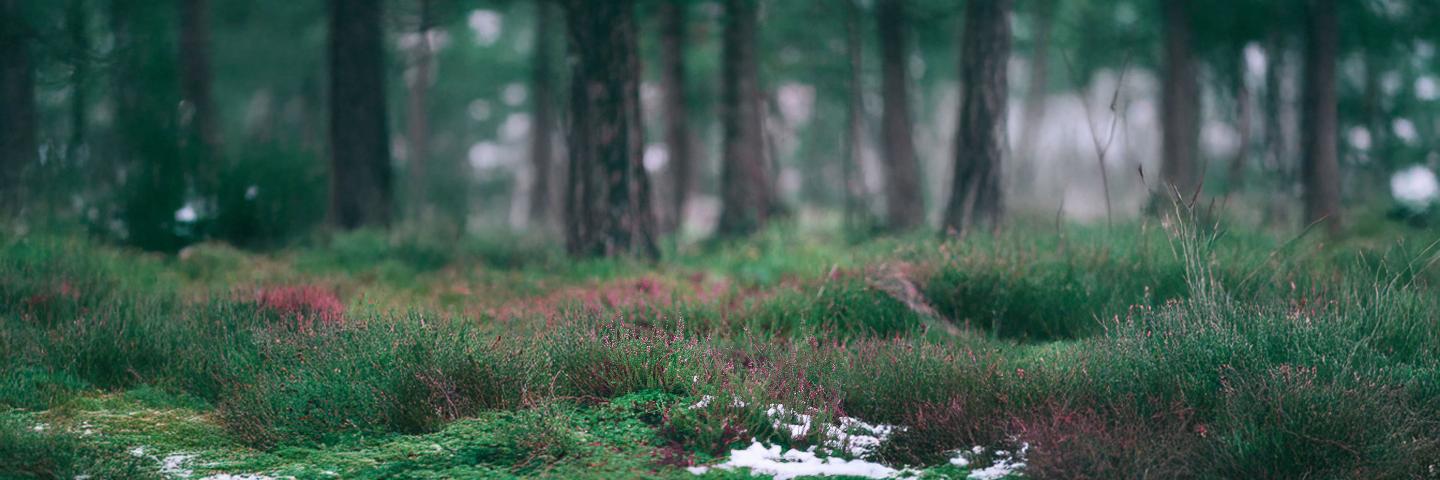Allen S. Weiss

Allen S. Weiss is committed to both interdisciplinary research and experimental performance across the media and the author and editor of over forty books. He directed Theater of the Ears / Théâtre des oreilles (a play for electronic marionette and taped voice based on the writings of Valère Novarina), whose tour ended at the Avignon OFF Festival, and Danse macabre (a marionette theater for the dolls of Michel Nedjar), which was featured in the exhibition and catalog Poupées (Gallimard) that he curated at the Halle Saint Pierre in Paris, and then appeared in three forms (performance, installation, theater) at the In Transit Festival of the Haus der Kulturen der Welt in Berlin. His creative work includes Theater of the Ears (a play for electronic marionette and taped voice based on the writings of Valère Novarina), which premiered at CalArts and ended its tour at the Avignon Off Festival; Danse Macabre (a marionette theater for the dolls of Michel Nedjar), which premiered as part of the Poupées exhibition that ASW curated at the Halle Saint Pierre in Paris, and subsequently showed at the In Transit festival at the Haus der Kulturen der Welt in Berlin; and a novel, Le livre bouffon (Le Seuil). His radio productions include L’Indomptable (with Gregory Whitehead) for France Culture; the Hörspiel Glissando as well as Radio Gidayū (a soundscape of Kyoto), both for the Klangkunst program of Deutschlandradio Kultur; and Carmignano, an audio essay on wine for Radio Papesse in Florence. He most recently produced and directed Poupées des ténèbres / Dolls of Darkness, a documentary film about the dolls of Michel Nedjar and the Holocaust. He created the photographic illustrations to Chantal Thomas' latest book, East Village Blues, which won the Prix Le Vaudeville. His most recent book is Unpacking My Library, or, The Autobiography of Teddy (K. Verlag, 2020), co-authored with his Teddy bear. His book Varieties of Audio Mimesis: Musical Evocations of Landscape investigates the micro-structures of audiophonic representation. It proposes a unified, though open-ended, field theory of the sound arts, it offers expanded descriptive possibilities for audio productions and it revises the study of audio mimesis in relation to gardens and landscape. He is Distinguished Teacher in the Departments of Performance Studies and Cinema Studies in the Tisch School of the Arts at New York University
